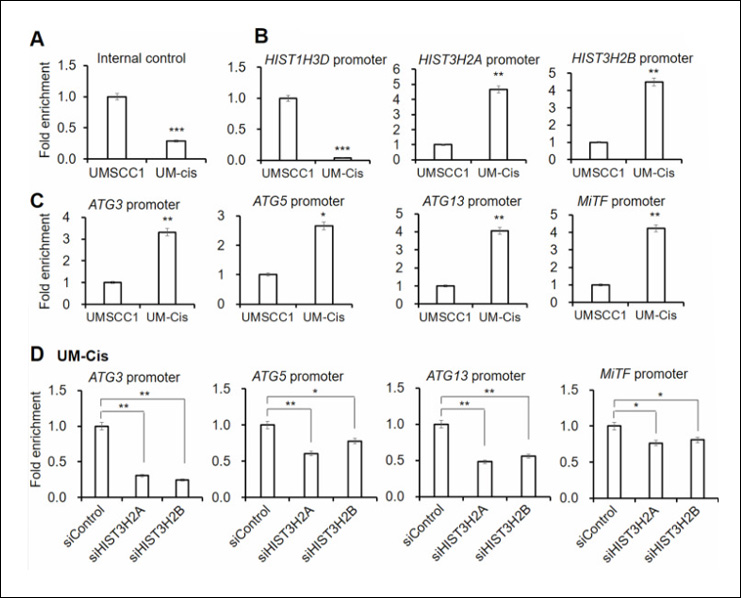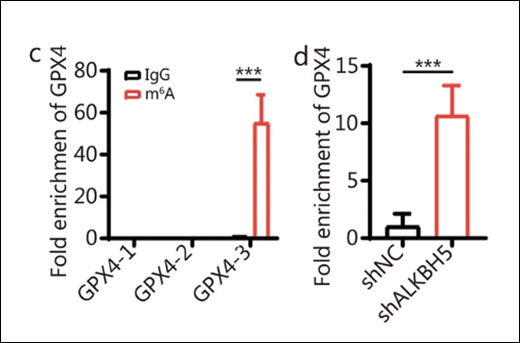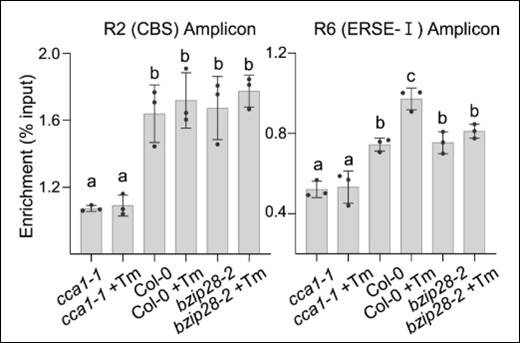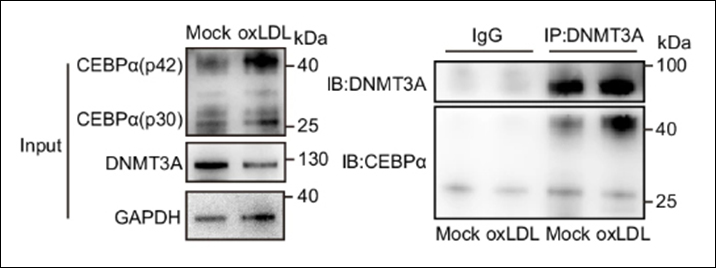Zhao L et. al. (August 2024). N6-methyladenosine RNA methyltransferase CpMTA1 mediates CpAphA mRNA stability through a YTHDF1-dependent m6A modification in the chestnut blight fungus PLoS Pathog. 20(8):e1012476.
This study investigates the role of N6-methyladenosine (m6A) modification in Cryphonectria parasitica. The m6A methyltransferase CpMTA1 regulates fungal growth, virulence, and stress tolerance by stabilizing the mRNA of the acid phosphatase gene CpAphA through m6A modification. The m6A reader protein CpYTHDF1 enhances CpAphA mRNA stability. Mutations at specific m6A sites on CpAphA confirm their importance for fungal traits and pathogenicity, underscoring CpMTA1's role in gene regulation through m6A in this fungus.
Products Used: EpiQuik m6A RNA Methylation Quantification Kit (Colorimetric), EpiQuik CUT&RUN m6A RNA Enrichment (MeRIP) Kit
Feng L et. al. (September 2024). ALKBH5 regulates arginase 1 expression in MDSCs and their immunosuppressive activity in tumor-bearing host Noncoding RNA Res. 9(3):913-920.
This study explores how ALKBH5, an m6A demethylase, influences myeloid-derived suppressor cells (MDSCs) and their role in cancer. In colorectal cancer (CRC) mouse models, MDSCs show increased m6A levels and decreased ALKBH5 expression. Overexpression of ALKBH5 reduces MDSCs' immunosuppressive and protumorigenic activities by lowering the m6A modification of Arg-1 mRNA, which decreases its stability and expression. These findings suggest that reduced ALKBH5 expression enhances MDSCs' immunosuppressive function in CRC, promoting tumor growth. ALKBH5 could be a potential target for immunotherapy, offering new insights into MDSC regulation and cancer treatment.
Products Used: EpiQuik m6A RNA Methylation Quantification Kit (Colorimetric), EpiQuik CUT&RUN m6A RNA Enrichment (MeRIP) Kit
Nguyen A et. al. (August 2024). Jumonji histone demethylases are therapeutic targets in small cell lung cancer Oncogene.
This study identifies Jumonji histone demethylases as promising targets for small cell lung cancer (SCLC) treatment. Inhibitors of these enzymes block tumor growth, especially in etoposide-resistant SCLC, by triggering ER stress and cell death. The inhibitors also reduce key neuroendocrine markers and transcription factors in SCLC cells. Targeting KDM4A, a Jumonji demethylase, similarly suppresses SCLC growth in lab and animal models. These findings highlight the potential of Jumonji KDM inhibitors, like JIB-04 and SD70, which are being tested in clinical trials.
Products Used: EpiQuik Nuclear Extraction Kit
Handoyo Utomo AR et. al. (August 2024). Buccal DNA global methylation and cognitive performance in stunted children under 5 years of age J Biomed Res. :1-9.
This study investigates the relationship between global DNA methylation and cognitive performance in stunted Indonesian children under five years of age. Researchers measured 5-methyl-cytosine (5mC) levels in buccal swab DNA as a marker of global DNA methylation. Among 231 children studied, those who were severely stunted and younger showed significantly lower 5mC levels compared to non-stunted and older children. Although cognitive scores were generally lower in boys and stunted children, no significant correlation was found between 5mC levels and cognitive performance. The findings suggest a link between DNA methylation and stunting but not directly with cognitive function.
Products Used: MethylFlash Global DNA Methylation (5-mC) ELISA Easy Kit (Colorimetric)
Han P et. al. (August 2024). MiR-183-5p inhibits lung squamous cell carcinoma survival through disrupting hypoxia adaptation mediated by HIF-1α/NDUFA4L2 axis Oncogene.
This study reveals that miR-183-5p suppresses lung squamous cell carcinoma (LUSC) by disrupting hypoxia adaptation through the HIF-1α/NDUFA4L2 axis. NDUFA4L2, regulated by HIF-1α under hypoxia, reduces mitochondrial reactive oxygen species (mitoROS) to support cancer cell survival. Silencing NDUFA4L2 or increasing miR-183-5p levels raises mitoROS, inducing apoptosis and inhibiting LUSC cell growth. High miR-183-5p levels correlate with better patient outcomes, suggesting that targeting NDUFA4L2 with miR-183-5p could be a promising LUSC treatment strategy.
Products Used: EpiQuik Chromatin Immunoprecipitation (ChIP) Kit
Kobayashi H et. al. (August 2024). Neuro-mesenchymal interaction mediated by a β2 adrenergic-nerve growth factor feedforward loop promotes colorectal cancer progression Cancer Discov.
This study investigates how norepinephrine induces cancer-associated fibroblasts (CAFs) to secrete nerve growth factor (NGF) in colorectal cancer (CRC). This secretion enhances tumor nerve growth and norepinephrine accumulation, accelerating CRC growth through the activation of Yes-Associated Protein (YAP) and the PI3K/AKT pathway. Elevated NGF levels are linked to aggressive tumor subtypes and poor patient survival. Treatment with a tropomyosin receptor kinase (Trk) inhibitor, which targets NGF signaling, reduces CRC progression by inhibiting YAP and AKT activation.
Products Used: EpiNext CUT&RUN Fast Kit




 Cart (0)
Cart (0)













